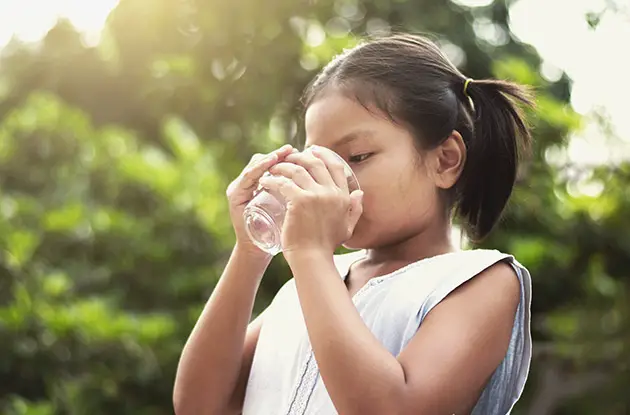According to data collected by the New York City Department of Health, blood-lead levels have been on a steady decline in children younger than 18 across all five boroughs. The rates are at an all time low in both private and public housing throughout the city, with lower rates of elevated lead levels in public housing. The borough with the most children with elevated lead levels is Brooklyn with 2103 cases while the borough with the least is Staten Island with 170, according to the report.
It’s important to note that there is not a “safe” amount of lead exposure, according to the World Health Organization. Thus it is crucial to avoid lead in order to prevent the cumulative effect it has on the body. Unfortunately, children are at a much higher risk of being exposed to lead due to increased hand-to-mouth activity and innate curiosity about their surroundings, the NYC Department of Health says. It is recommended that parents take the following precautions to ensure their little ones do not get lead poisoning or end up with elevated levels of lead in the blood:
- Report peeling or flaking paint.
- Wash windows and floors frequently.
- Wash children’s toys and hands often.
- Avoid cosmetics or other products that contain lead.
- Ensure your children are getting blood tested for lead poisoning until age 6.
- Do not wear outside shoes around the house.
Potential effects of lead poisoning and elevated levels of lead in the blood include poor brain development, lower IQs, anemia, hypertension, and increased anti-social behavior, says the WHO. With the current knowledge we have available it is believed that these effects are mostly irreversible, making prevention that much more crucial.






















